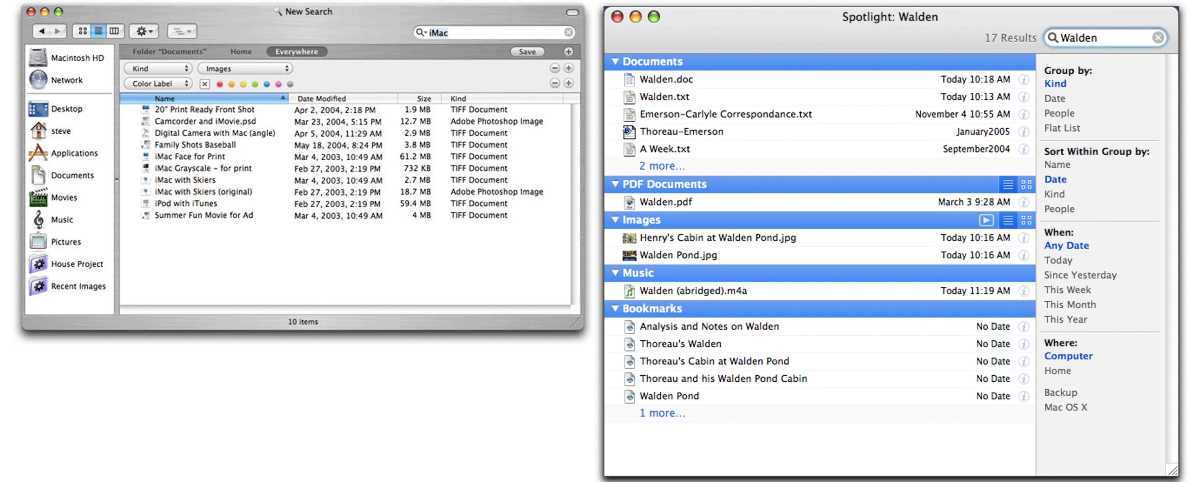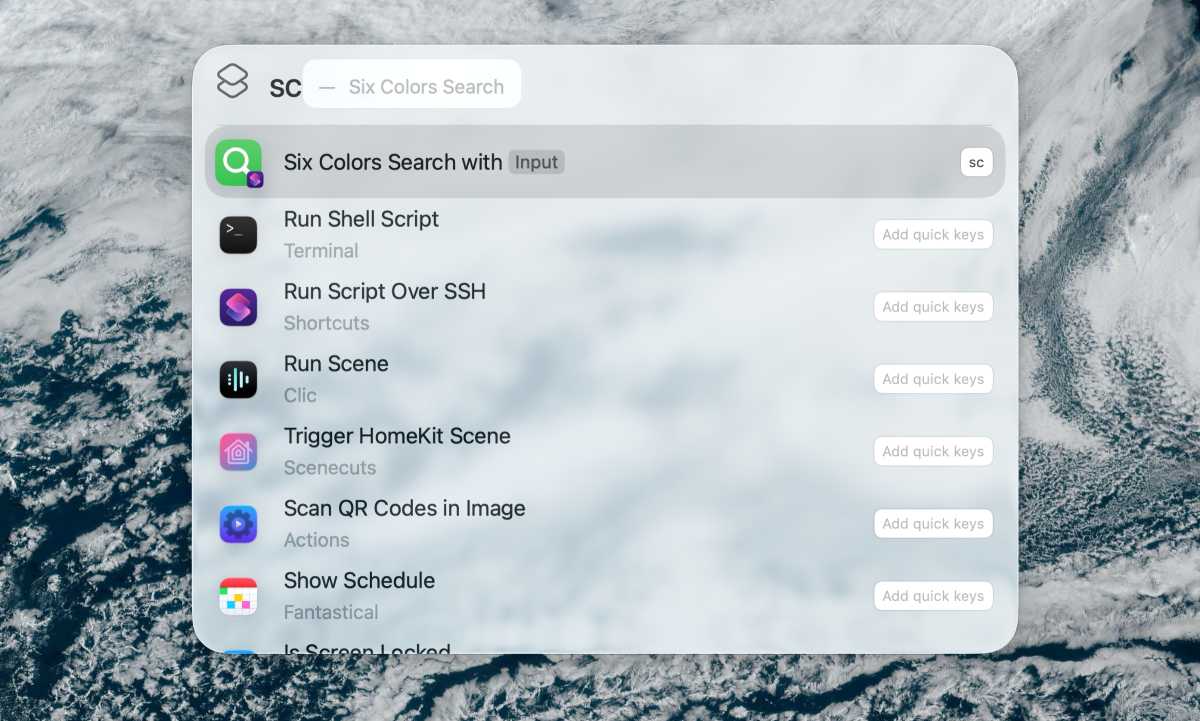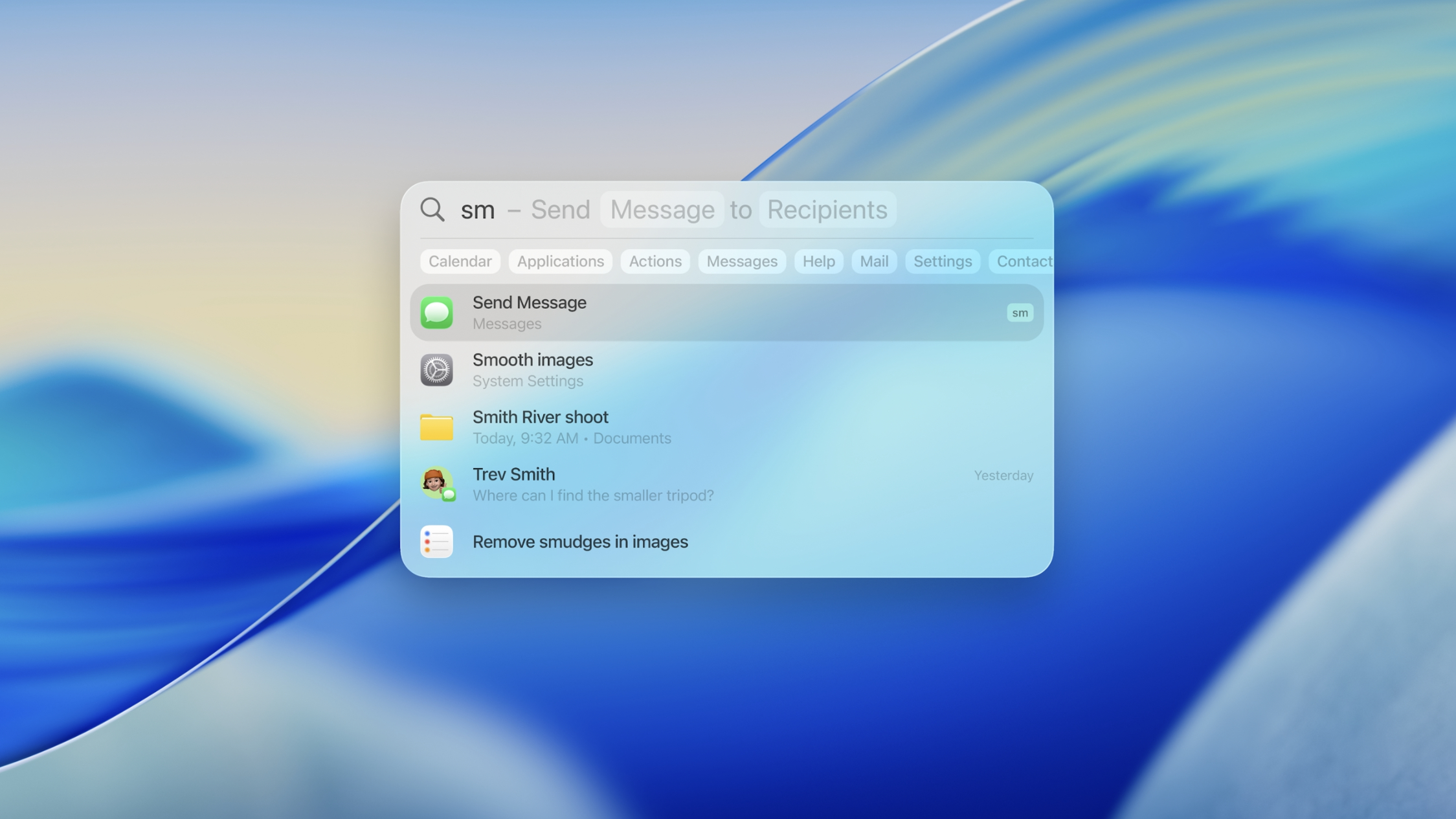Twenty years ago, Mac OS X Tiger introduced us to a search feature that would stand the test of time: Spotlight. And while at the time I found myself ambivalent about its many quirks, some of which were maddening, with the benefit of hindsight, it’s hard not to be impressed by how far Spotlight has come.
Almost every year, Apple has made Spotlight a little better, and macOS Tahoe is its biggest and most impressive upgrade ever. So let’s celebrate Spotlight for what it was, what it is, and what it’s about to become.
When disks became big enough to search

Finding files the classic Mac OS way.
As soon as the classic Mac OS became capable of holding more than a few dozen files on tiny floppy disks, there was a need to find files. So Apple introduced a tiny app called Find File that would let you search for a file by its name. Later, in the System 7 era, when capacious (for the time) hard drives were standard issue, you could search by multiple criteria, including file attributes, such as type and date.
Apple’s first big leap came during the Mac OS 8 era, when it revamped search and called the resulting app Sherlock. Of course, Sherlock (the app, not the detective) has now become a verb for Apple building software that replaces popular third-party utilities. (The aspect of Sherlock that “sherlocked” the competition was actually its support to search various web databases from within an app.)
Leaving that whole can of worms aside, Sherlock also introduced a more sophisticated way of searching: based on the content inside a document. We think of this as standard, but back in the day, searches really only were of the filesystem. With Sherlock, Apple also introduced the idea of indexing your drive, building a database containing information about your files and what they contained. It was the very end of the Classic Mac OS era, so it gets short shrift, but Sherlock really was the proto-Spotlight.
Getting Spotlight off the ground
The early days of Mac OS X were rough. Apple was building a new operating system out of pieces of two existing ones–NextStep and Mac–and also building a whole bunch of new technology from scratch. As a result, during the first few years of Mac OS X, search was present, but a bit more rudimentary than you’d expect. Finding files in Finder was the priority.

Foundry
But then, in 2005, came Mac OS X 10.4 Tiger, and with it, Spotlight. The first versions of Spotlight were entirely focused on search–putting it behind Sherlock, honestly. What Spotlight brought to the table, beyond the name, was a comprehensive approach to indexing the contents of different kinds of files. Every app could supply its own set of “attributes” to the system, and those became searchable.
In the early days, Spotlight was slow but powerful. While you could technically use it to search for things like apps, you wouldn’t want to–and a bunch of quick-launch utilities like Quicksilver and LaunchBar appeared to make keyboard-focused users more productive. While Spotlight was no Sherlock, it eventually stole a page from those utilities and refashioned itself as a systemwide app launcher and search engine.
Initially, it was very bad at the job: launching an app via Spotlight took forever. But over time, Apple kept optimizing Spotlight. A couple of years ago, prompted by a reader who wanted to know what I considered “must-have” Mac utilities, I revisited Spotlight and realized it did just as good a job as being a quick app launcher as any of the third-party utilities ever had. Over two decades, Spotlight has just kept getting better, even when we aren’t paying attention. (It has also added web data sources and numerous other features over the years, taking it well beyond Sherlock territory.)
The future of Spotlight
With macOS Tahoe, Apple is fast-forwarding Spotlight by making it into a multifunctional tool for Mac productivity. If you just want to use it as a simple launcher or search tool, you can, but it’s so much more.
With four different filter views, Spotlight now serves as a visual app launcher (it replaces Launchpad with something more like App Library on iOS) and quick file search engine. But it’s also got a new Actions view that lets you run Shortcuts workflows and even individual commands (think of the building blocks inside Shortcuts) right from Spotlight. You can send an email or a text message or even launch a complex custom action–and even assign a couple of keystrokes to make it easier to find that action.
Then there’s the clipboard manager. This is an entirely different function from Spotlight that Apple has just decided to throw in the mix. For years, third-party apps have enabled a major Mac productivity boost by storing a stack of your clipboard items in case you want to go back to something you copied to the clipboard a while ago. In many ways, clipboard history was the one remaining gap in macOS productivity. But here it is, the ability to scroll back through all your clipboard items for the last eight hours.
That’s not all. Apple has added an entire “slash commands” feature that lets you type a slash followed by something you’re looking for, like “/pdf”, hit Return, and then search within that subcategory. (This one needs a bit of work, as in the current beta of Tahoe, I keep trying to type slash commands without luck. But the potential is large.)
The new Spotlight also has integrated one of the most useful and unheralded features of macOS: the ability to search the menus of the app you’re currently using. You’ve been able to do this for ages from the Help menu or via the Command-Shift-slash keyboard shortcut, but if your muscle memory always takes you to Spotlight’s Command-space, you can now search all the menu commands in your current app from there, too.

Jason Snell
Finally, Apple has realized that a lot of the files we use every day don’t actually reside on our Macs. So Spotlight now offers a new system that lets the authors of file-provider apps (Dropbox, Google Drive, OneDrive) offer their content directly within Spotlight. Theoretically, this means that if you search for something and it’s in your Dropbox but not downloaded to your Mac, you can still find it, and that would be a big productivity boost for those of us who rely on cloud storage.
Of course, it’ll rely on support from those app developers. But in a way, that’s no different than the original Spotlight 20 years ago, which required app developers to plug into Spotlight so that the system could more effectively search their file types. The more things change–and Spotlight has changed a lot!–the more they stay the same.
